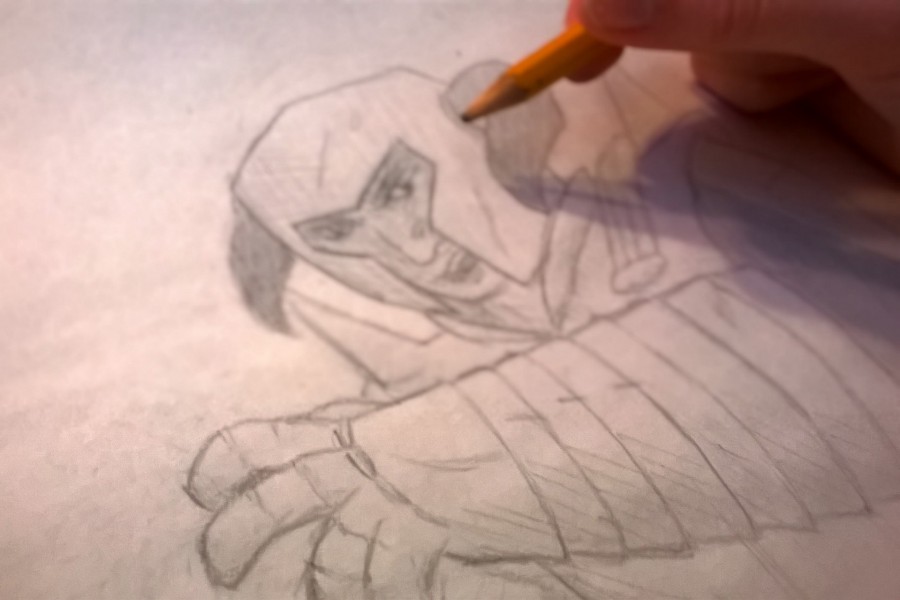Character drafting: three effective methods
It’s one of the biggest challenges out there for writers: characterization. Even the word is intimidating, but building believable and exciting characters is vital to any novel, movie or story. Characters bring your world to life; without them, even the best prose in the world is as boring as plain oatmeal.
There are innumerable ways to go about this challenge: everything from just winging it entirely, to writing exhaustive profiles detailing the character’s every whim. I’d rather not turn this into homework, so instead, here are a couple tips I’ve found immensely helpful.
A song character’s a strong character:
Think about your life for a moment. If you had a theme song, what would it be? When you walk into a room, would the ground shake with full-blast Fall Out Boy, or would the walls hum with the smooth tones of Ed Sheeran? While it can be hard to decide on just one for a real person, fictional characters typically have one or two specific, defining traits; and picking a catchy tune to capture their personality is a fun alternative to spelling it out on scratch paper.
For example, let’s say you’re creating a new character for a novel: someone loud, dynamic, fun-loving and loyal, with a bit of an inflated ego. How do you sum up someone with so many facets? I can do it in two words: “Uma Thurman,” by Fall Out Boy. I’ve found this technique very effective when I want to either create a specific personality type or better understand a character.
Know more than you need to:
These days, backstory is dying out. Readers—and casual writers—generally want to get to the action and skip the character’s lonely childhood raised by wolves or first job as a waiter at Denny’s. In an age of instant gratification and short attention spans, taking too long to tell can be fatal for a story. But even if you don’t pen it down, thinking up a backstory is vital to making your characters believable; and imagining extraneous, “deleted” scenes is an excellent way to polish them and kill time when you’ve got a bad case of writer’s block.
Read lots of books:
Let’s face it: Not only is it unrealistic to try to invent a completely original character or setting, it’s probably impossible. There is an unfathomable number of stories out there, all hoarding ideas just waiting to spark your imagination—and there’s no shame in being inspired by another author. Take Eoin Colfer’s Artemis Fowl, for instance. He uses creative and unconventional spins on commonplace archetypes—a criminal mastermind, a headstrong young cop—to create dynamic, well-crafted characters which drive his story.
Also, don’t be afraid to use clichés as a launching point. Start with your typical archetype—say, a righteous police officer—then add details that make your character unique: has a good heart but battles his own dark-side, has an insubordinate streak, lives in Gotham City. Next thing you know, you’ve got Jim Gordon.
No matter how you choose to develop them, your characters will shape your story, and their personalities are key to making them interesting. Using songs, backstory and models are just three ideas, and if you have more suggestions, I would love to hear them in comments.







